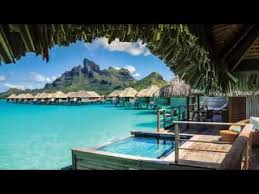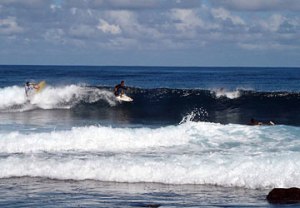A long-time resident of Santa Barbara, CA, James (Jim) Knell is the chairman of the SIMA Corporation, which operates three companies. During his time off, Jim Knell enjoys traveling to French Polynesia and Mexico.
French Polynesia is a popular destination for lovers of warm weather and beaches. However, some times of the year are better than others. In July and August, for instance, the weather is dry and comfortable, but tourism is peaking and hotels tend to be quickly booked at higher costs. The outer islands are especially busy as this is vacation month for the natives who go further out into the ocean.
To avoid the crowds and find better deals without sacrificing nice weather, plan your vacation for May or June, or September or October, which are still within the dry season. During the rest of the year (the wet season), the weather can be unpredictable, alternating between heavy rain and intense heat.
Additionally, as the islands are spread out, different parts of French Polynesia offer different weather patterns so it is important to conduct research beforehand.









